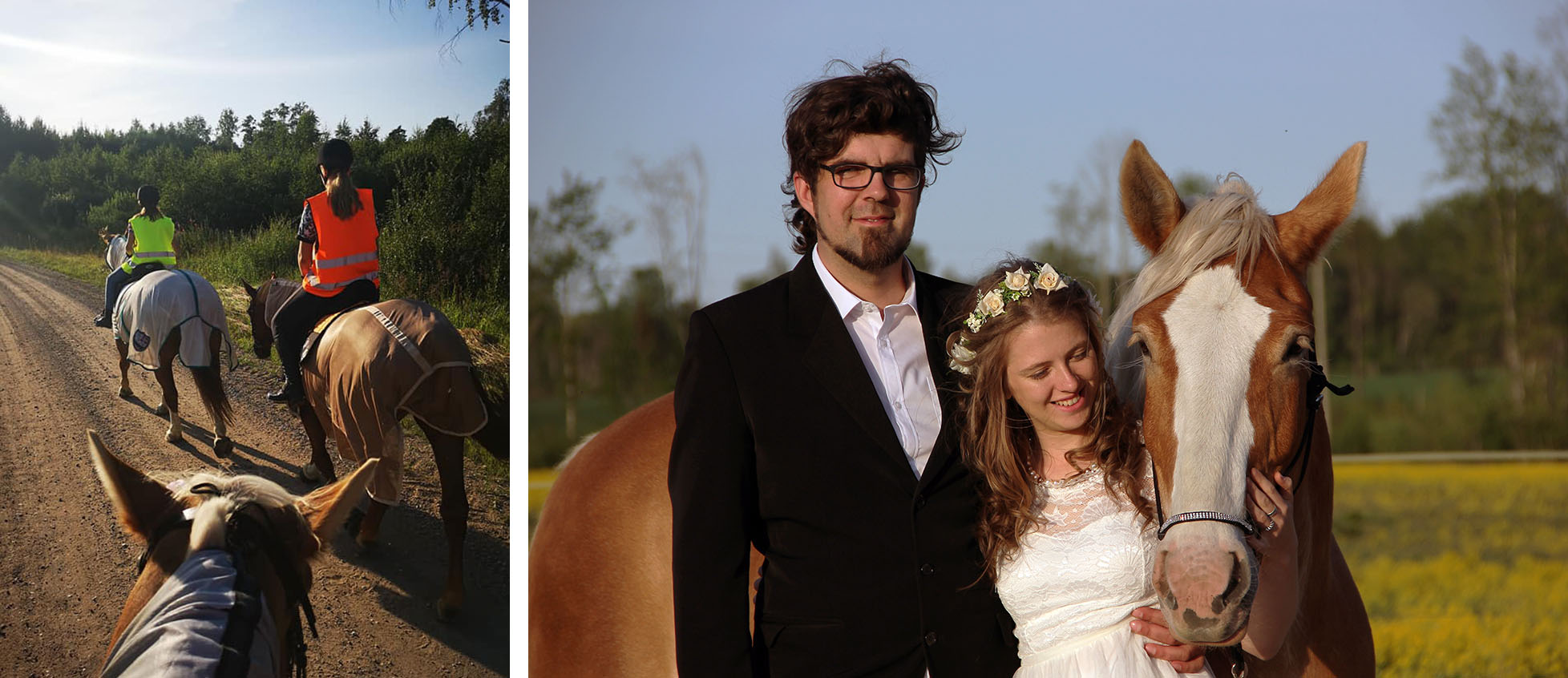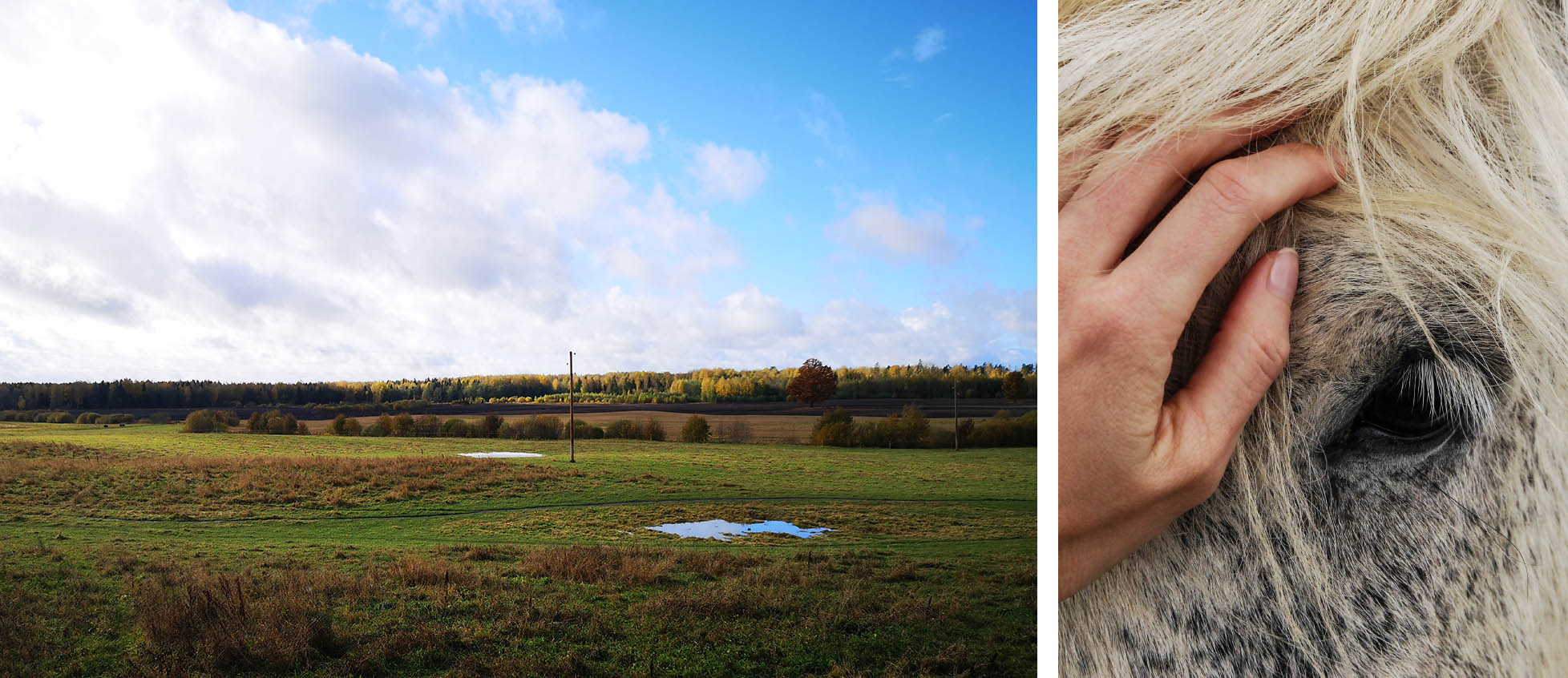Kurgi farm is located in the North Latvia Biosphere Reserve, one of the most beautiful and scenic locations in Northern Europe and listed as a nature conservation area of international importance by UNESCO. Kurgi Farm is owned by a young couple, Kristaps and Laura, who were mesmerised by the natural beauty of the area. So much so that they decided to live there permanently.
North Latvia Biosphere Reserve
Kurgi farm’s primary focus is horse breeding, but not just any horses. Kurgi farm is one of the only breeding programmes in place for the Latvian Ardennes, a rare breed of local horse that is dangerously close to extinction, and Kurgi has one of the last four Latvian Ardennes studs in existence. The Latvian Ardennes is a breed of horse that the local community value highly as part of their historical heritage, and have been working hard to save from extinction.
Kurgi Farm is owned by a young couple, Kristaps and Laura; Kurgi farm’s primary focus is horse breeding
For the Kurgi Observation Tower competition, participants are tasked with designing a tower that will allow visitors to view and experience the North Latvia Biosphere Reserve in a new way. The proposed observation tower will be located on top of the hill of the Kurgi estate, to take in the spectacular views.
The proposed observation tower will be located on top of the hill of the Kurgi estate, to take in the spectacular views.
Kristaps and Laura intend the tower to be a part of their ecotourism concept, offering guests a refuge from the busy city life, a chance to find harmony in the spectacular views of nature, and to provide them with therapeutic experiences with the horses.
As Kurgi farm has expressed an interest in the construction of this tower, designs will need to be both in keeping with the look and purpose of the North Latvia Biosphere Reserve, while having the potential to become an iconic landmark in its own right.
Download full competition brief for more information!
Competition is open to all. No professional qualification is required. Design proposals can be developed individually or by teams (4 team members maximum). Correspondence with organizers must be conducted in English; All information submitted by participants must be in English

Competitions
Resources
GET INSPIRED
- Buildner
- Architecture competitions
- Kurgi Observation Tower
International Architecture Competition













